Martha Stewart’s legendary pie crust recipe has earned its reputation as the gold standard for home bakers everywhere. This foolproof combination of butter and shortening creates the perfect balance of flavor and texture, delivering a crust that’s both tender and flaky every single time. Whether you’re making your grandmother’s apple pie or attempting your first quiche, this versatile crust works beautifully for both sweet and savory applications, proving that the foundation of any great pie starts with an exceptional crust.
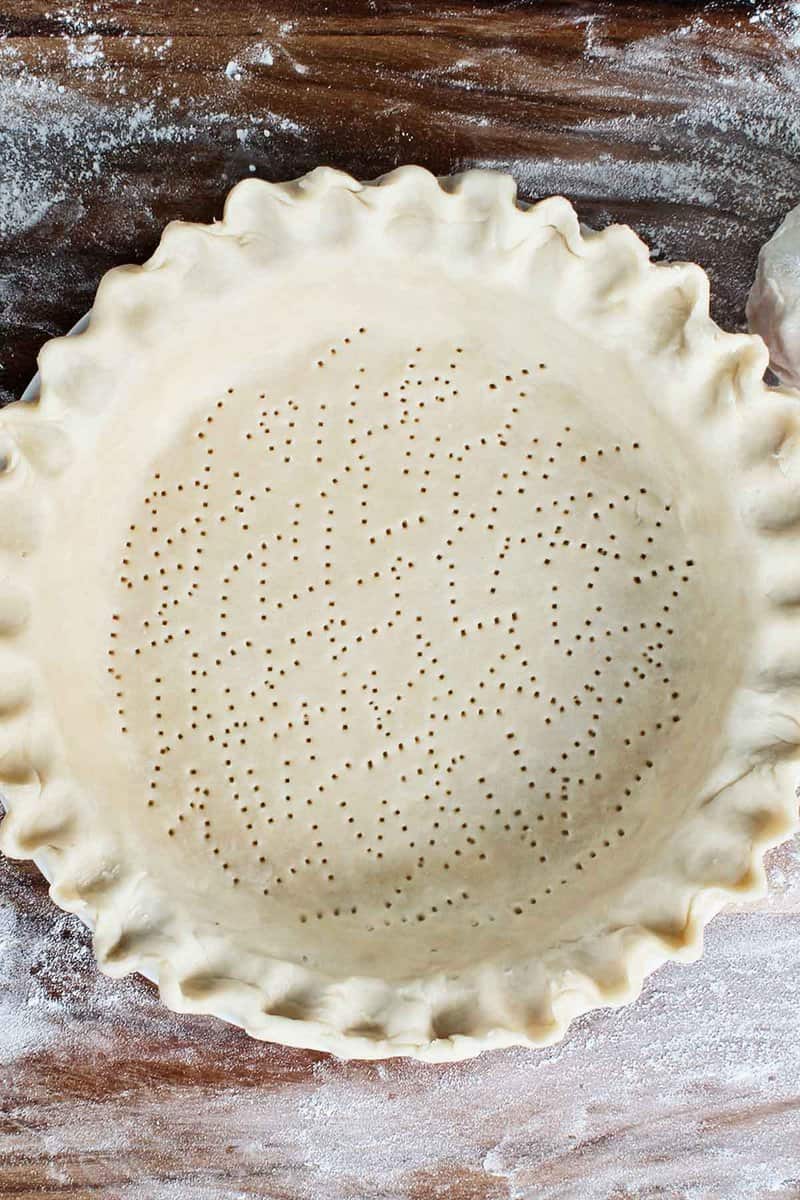
This post contains affiliate links. As an Amazon Associate, I earn from qualifying purchases.
What Makes This Pie Crust So Dependable?
So, what’s your favorite kind of pie? Is it a fruit-based pie like blueberry or apple? Perhaps you prefer a pecan or cream pie? Maybe you’re looking for a crust for a pot pie instead?
Whatever pie you’re planning to make, you need a delicious pie crust, and this is the recipe you want!
Why This Recipe Works
The genius of this recipe lies in the strategic combination of butter and shortening. Butter provides incomparable flavor and contributes to flakiness, while shortening ensures tenderness and makes the dough easier to handle. The cold ingredients and minimal mixing prevent gluten development, resulting in a tender rather than a tough crust. Starting with sifted flour creates a lighter texture, while the ice water helps maintain the cold temperature, crucial for flaky layers for your pies.
Ingredients
- All-purpose flour, sifted – Creates the structure while sifting ensures lightness and prevents density
- Salt – Enhances flavor and strengthens the dough structure
- Cold unsalted butter – Provides rich flavor and creates flaky layers when cold fat melts during baking
- Cold vegetable shortening – Ensures tenderness and makes dough easier to roll without breaking
- Ice water – Binds ingredients while maintaining cold temperature essential for proper texture
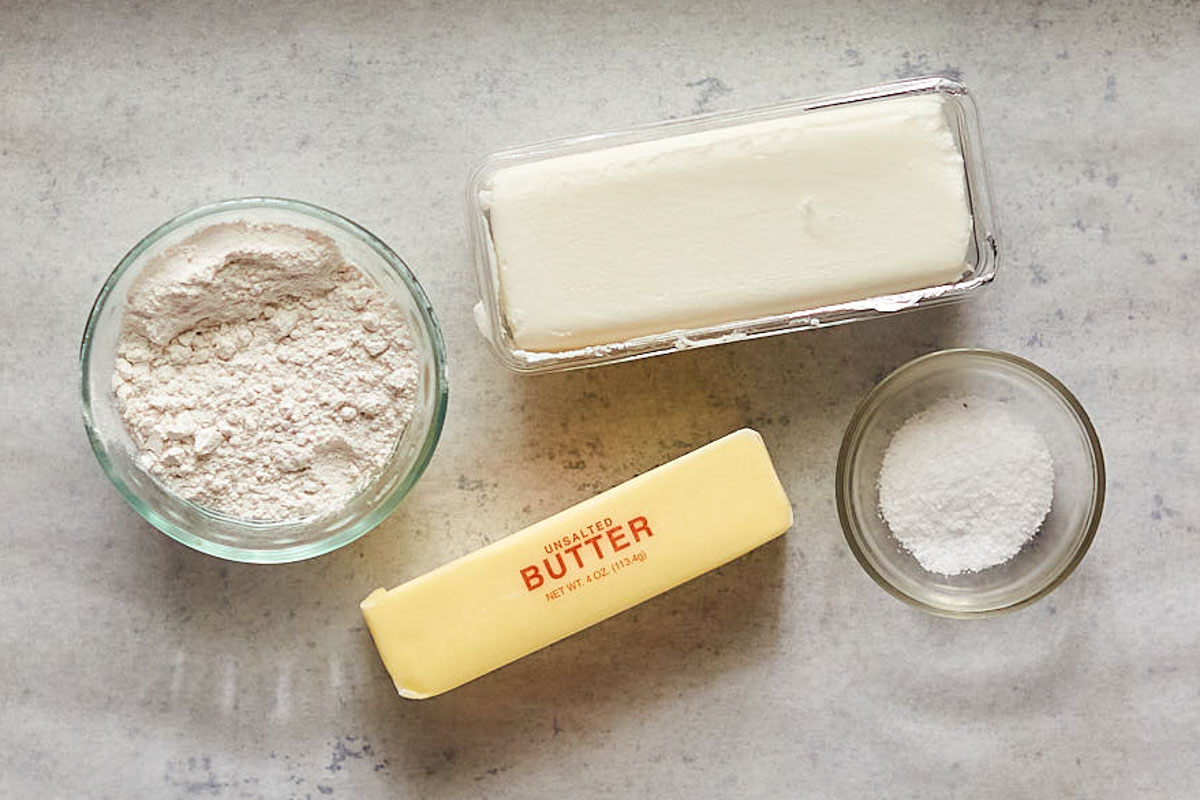
How to Bake This Pie Crust
To make this Martha Stewart Pie Crust Recipe:
- Sift your flour and measure it into a bowl. You can use the bowl of a food processor or a standing mixing bowl. Sifting your flour before measuring will help prevent your crust from becoming dense. Preparing the dough for the crust in a food processor is a snap, but you can cut in the butter by hand.
- Stir the salt into the flour.
- Add the cold butter and shortening to the flour mixture.

- Cut it in with a few pulses of the food processor or by using a pastry blender. Stop cutting in the fat when the dough resembles coarse cornmeal.
- While the food processor is on, add the water in a small stream. If you are mixing by hand, roll a kitchen towel into a tube and form a circle on the counter. Place the mixing bowl on the towel to help keep it in place. Drizzle in the ice water with one hand while stirring with the other using a wooden spoon.
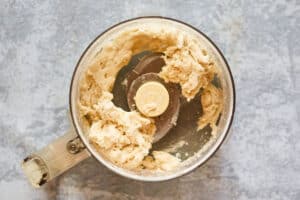
- Scrape the dough onto a sheet of plastic wrap. Wrap the dough well and place it in the fridge for at least an hour. Remove the chilled dough from the refrigerator 15 minutes before rolling it out with a rolling pin on a floured work surface.
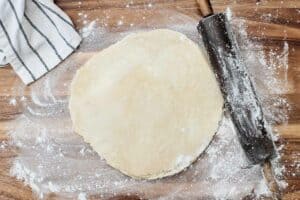
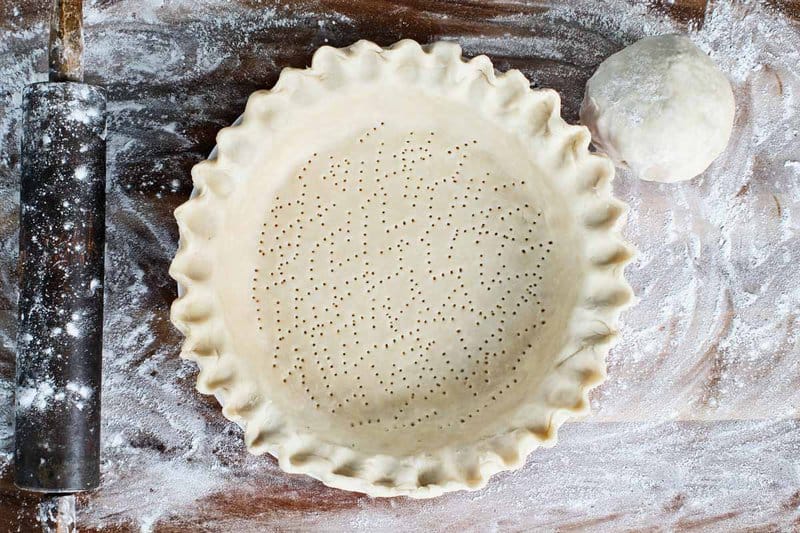
How to Blind Bake a Pie Shell
One of the cardinal sins of pie making is s soggy, pale crust. You can prevent under-baking a pie crust by prebaking it before adding the filling. Many cooks refer to this as blind baking the crust.
You must blind-bake the crust for any fillings that require no baking or only need very short baking times. Blind baking is very easy:
- Preheat the oven to 375°F.
- Lay the pie dough over the top of a greased pie tin.
- Use a scrap ball of dough to push the pie dough into place.
- Crimp the edges of the pie dough.
- Line the inside of the pie dough with a piece of parchment paper. Make sure the parchment paper extends up the inner sides.
- Add pie weights (see below) on top of the parchment paper.
- Blind bake the pie crust for 20 minutes.
- Remove the pie crust from the oven. Remove the parchment paper. Use the tines of a fork to prick small holes in the bottom of the crust to prevent the crust from puffing up.
- Return the pie crust to the oven for 15 to 20 or until golden.
- Place the crust while still in the pie plate, on a wire rack to cool before filling.
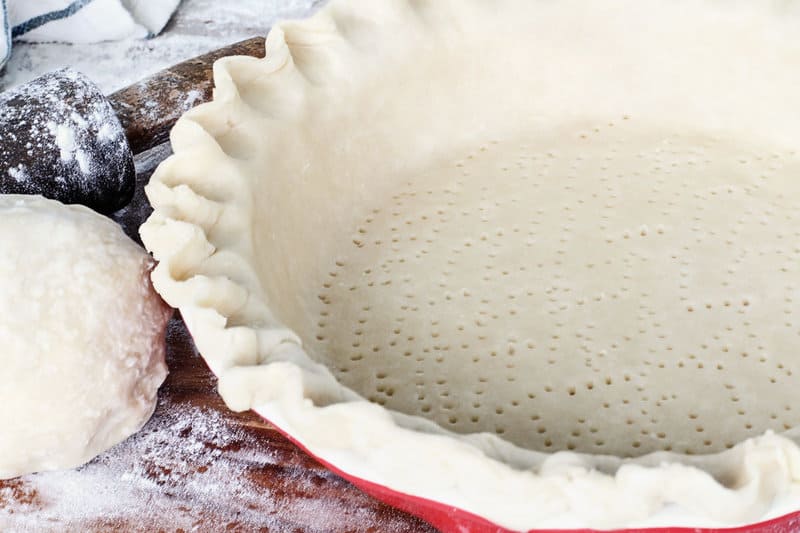
What Are Pie Weights
Pie weights keep the crust from puffing while cooking when there isn’t any filling to weigh it down. Standard pie weights you can buy include pie chains and ceramic balls, but many people prefer using a few cups of dried beans or uncooked rice as pie weights. Pie weights are reusable but need to be cleaned and dried before storing.
Alternative to Pie Weights
One of the easiest ways to keep the dough from puffing when prebaking a crust is by placing another pie tin on top of the dough.
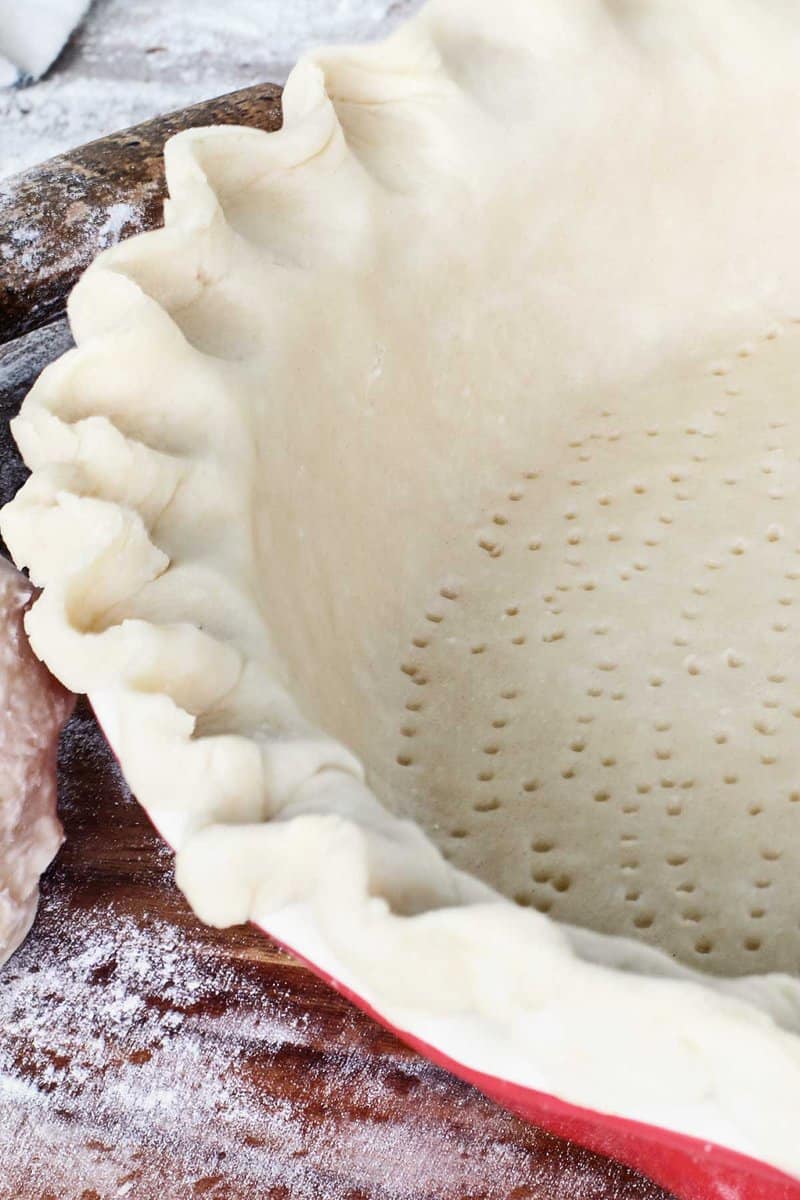
Storage & Reheating Instructions
- Unbaked Dough Storage: Wrap tightly and refrigerate for up to 3 days or freeze for up to 3 months
- Baked Crust Storage: Store at room temperature for up to 2 days, covered loosely
- Freezing Baked Crust: Wrap well and freeze for up to 1 month, thaw at room temperature before filling
- Make-Ahead Tips: Prepare dough up to 3 days in advance, or blind bake crust the morning of serving
Where to Use This Recipe
This Martha Stewart flaky pie crust recipe is perfect for almost any pie. Here are just a few:
- Cracker Barrel Chocolate Pecan Pie
- Black Bottom Pie
- Blueberry Cream Cheese Pie
- Easy Buttermilk Pie
- Chess Pie with Nuts and Raisins
- Cinnamon Roll Pie
- Karo Syrup Pecan Pie
- Marie Callender’s Banana Cream Pie
- Old-Fashioned Apple Pie
- Toll House Pie
Favorite Holiday Desserts
Check out my easy pie recipes and the best Thanksgiving dessert recipes.
Martha Stewart Pie Crust (Easy Butter & Shortening)
Ingredients
- 1 cup all-purpose flour
- 1/4 teaspoon salt
- 6 tablespoons butter
- 1 1/2 tablespoons shortening
- 1/8 cup ice water
Instructions
- Place the flour and salt in the bowl of food processor. Cut the butter and shortening into the flour and process for a few seconds, until the mixture resembles a coarse meal. Add the ice water very slowly and process briefly. The entire process should take about 20 to 30 seconds.
- Remove the dough from the food processor, wrap it in plastic wrap, and chill for 1 hour.
- When ready to bake, remove the dough from the refrigerator and let it stand for 15 minutes.
- Preheat the oven to 400°F.
- Roll out the dough in a disk, press it into a pie pan, and bake until done.


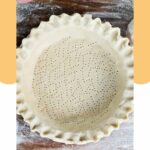
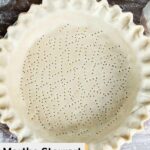
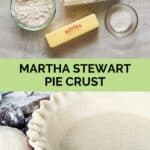
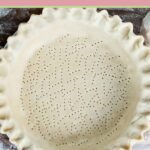
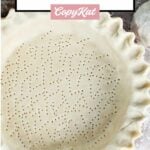
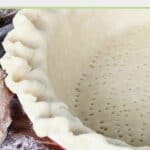
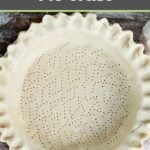
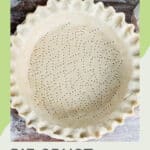
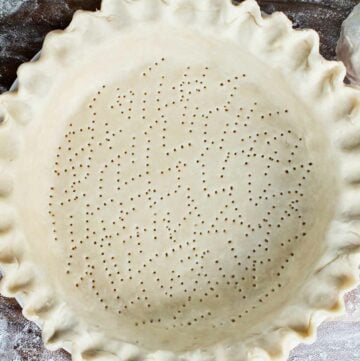
This was so easy and it turned out really good!